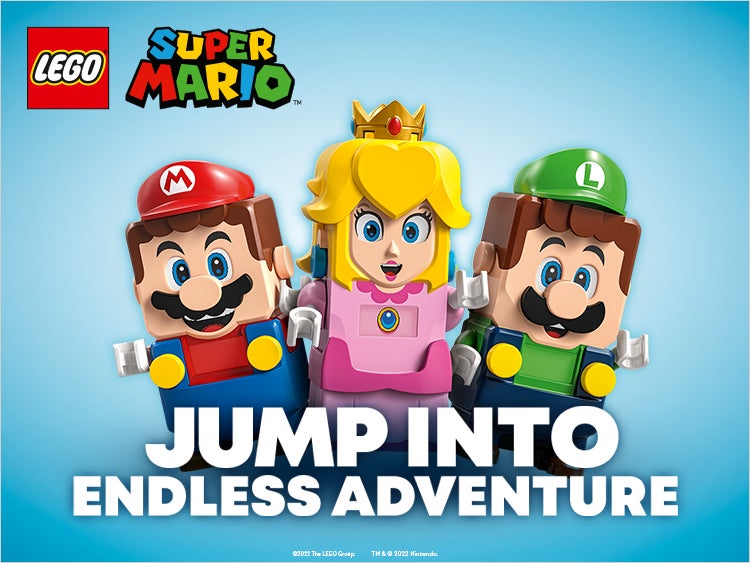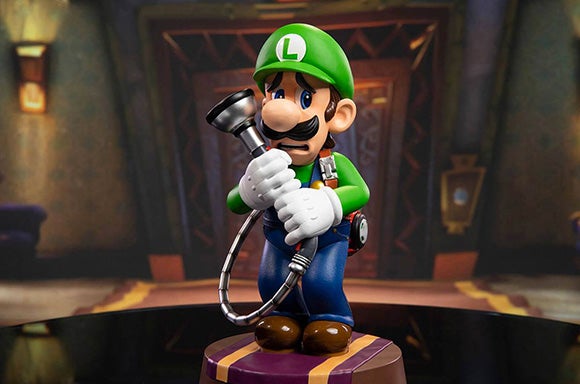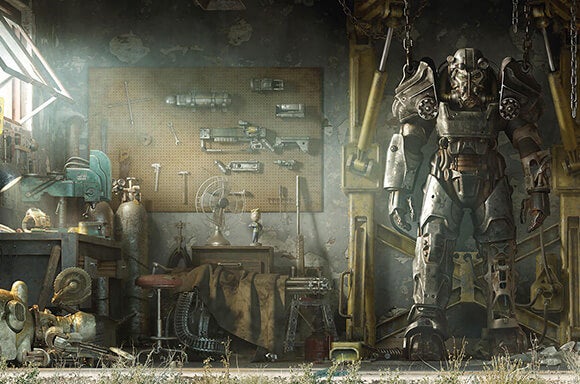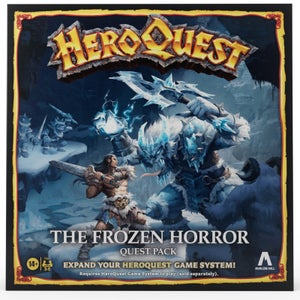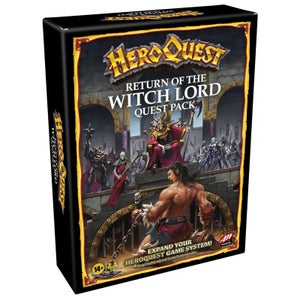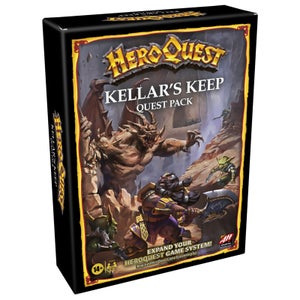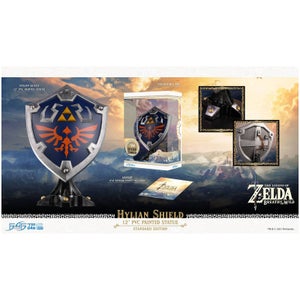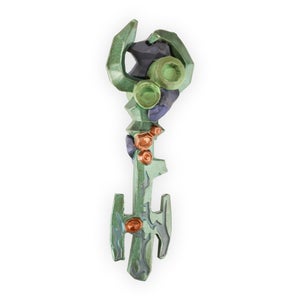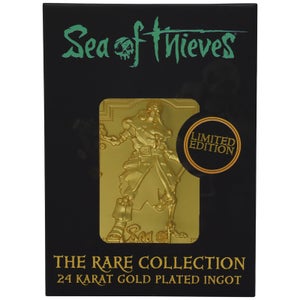Check Out Our Cable Guys Products!
-
Cable Guys Capcom Mega Man Controller and Smartphone Stand
Extra 10% Off! Code: NEWYEAR
Add the item to your basket, use CODE: NEWYEAR for your discount to apply.View OfferRRP £29.99£21.99
Added to your basket
Sorry, there seems to have been an error. Please try again.
Product Name
Quantity:
Subtotal: ( items in your basket)
Gaming Collectibles
-
Hasbro Avalon Hill HeroQuest The Frozen Horror Expansion Pack
Extra 10% Off! Code: NEWYEAR
Add the item to your basket, use CODE: NEWYEAR for your discount to apply.View OfferRRP £37.99£19.99 -
Hasbro HeroQuest Return of Witch Lord Expansion Pack
Extra 10% Off! Code: NEWYEAR
Add the item to your basket, use CODE: NEWYEAR for your discount to apply.View OfferRRP £29.99£12.99 -
Hasbro HeroQuest Kellars Keep Expansion Pack
Extra 10% Off! Code: NEWYEAR
Add the item to your basket, use CODE: NEWYEAR for your discount to apply.View OfferRRP £29.99£11.99 -
First 4 Figures Legend of Zelda Breath of the Wild PVC Statue Hylian Shield Standard Edition 29 cm
Extra 10% Off! Code: NEWYEAR
Add the item to your basket, use CODE: NEWYEAR for your discount to apply.View OfferRRP £69.99£29.99 -
First 4 Figures Spyro The Dragon Spyro 2: Classic Ripto's Rage 8 Inch PVC Statue
Extra 10% Off! Code: NEWYEAR
Add the item to your basket, use CODE: NEWYEAR for your discount to apply.View OfferRRP £74.99£35.99 -
DUST! Sea of Thieves Forbidden Key - Rare Store Exclusive
Extra 10% Off! Code: NEWYEAR
Add the item to your basket, use CODE: NEWYEAR for your discount to apply.View OfferRRP £19.99£9.99 -
DUST! Sea of Thieves Skeleton Key - Rare Store Exclusive
Extra 10% Off! Code: NEWYEAR
Add the item to your basket, use CODE: NEWYEAR for your discount to apply.View OfferRRP £19.99£9.99 -
The Rare Collection - Sea of Thieves 24k Gold Plated Ingot - Rare Store Exclusive
Extra 10% Off! Code: NEWYEAR
Add the item to your basket, use CODE: NEWYEAR for your discount to apply.View OfferRRP £24.99£6.99
Added to your basket
Sorry, there seems to have been an error. Please try again.
Product Name
Quantity:
Subtotal: ( items in your basket)
